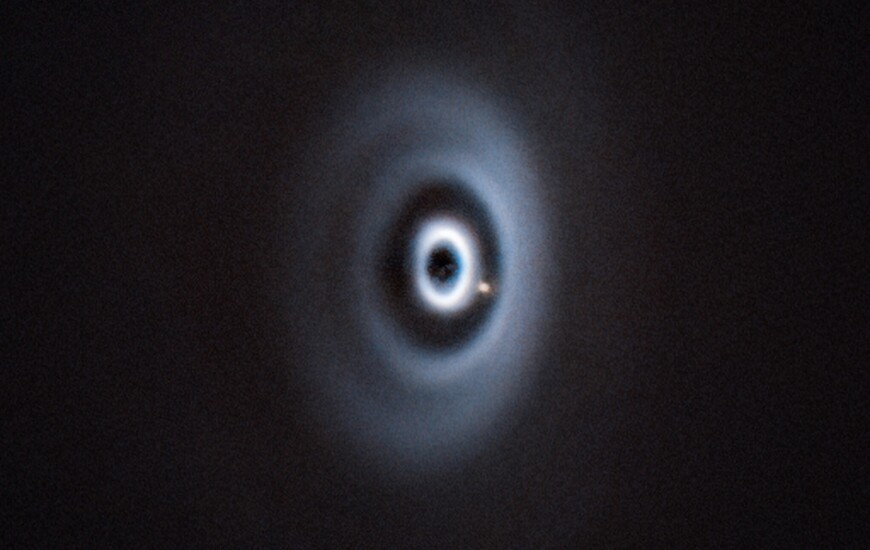Irish scientists help discover brand new planet forming around a young sun
Padraig Conlon 26 Aug 2025
Irish astronomers have helped make the extraordinary discovery of a brand new planet, caught at the earliest stage of its formation around a young star.
The planet, named WISPIT 2b, is thought to be a gas giant similar in size to Jupiter and only around five million years old, a cosmic newborn still glowing from its birth.
It is only the second time in history that a planet has been detected at such an early stage in its development.
The ground-breaking find was made by an international team of scientists co-led by Irish researchers from University of Galway, working alongside colleagues in the Netherlands and the United States. Their results have just been published in the prestigious journal Astrophysical Journal Letters.
The discovery was captured using one of the world’s most advanced telescopes, the European Southern Observatory’s Very Large Telescope (VLT) in Chile’s Atacama Desert.
The European Southern Observatory has also released a spectacular image of WISPIT 2b and its multi-ringed dust disk as its official “picture of the week.”
A planet being born
WISPIT 2b was spotted glowing in near-infrared light — the same type of view you’d see through night-vision goggles — as it takes shape inside a huge swirling disk of gas and dust. The discovery is especially important because it is the first confirmed planet ever detected within a multi-ringed disk, giving astronomers a unique chance to watch how worlds interact with their birth environments.
Dr Christian Ginski, lecturer at the School of Natural Sciences at University of Galway and co-author of the study, said the team originally set out to take brief snapshot images of young stars to look for possible planets.
“In the case of this star, we instead detected a completely unexpected and exceptionally beautiful multi-ringed dust disk. When we saw it for the first time, we knew we had to try and see if we could detect a planet within it, so we quickly asked for follow-up observations.”
The disk around the young star is enormous — with a radius 380 times the distance between Earth and the Sun — and provides a rare glimpse of the environment where planets are born.
Irish students at the heart of discovery
Several Irish postgraduate researchers specialising in astrophysics were central to the breakthrough.
PhD student Chloe Lawlor said:
“I feel incredibly fortunate to be involved in such an exciting and potentially career-defining discovery. WISPIT 2b, with its position within its birth disk, is a beautiful example of a planet that can be used to explore current planet formation models. I am certain this will become a landmark paper.”
MSc student Jake Byrne admitted he could “hardly believe it was a real detection” when he first saw the image, while fellow postgraduate Dan McLachlan called the project “mind-blowing”:
“Sometimes you forget the big picture, and when you zoom out and take in the magnitude of what you are working on, it shocks you. Being part of an exoplanet direct detection was one such moment.”
Dr Ginski said the role of young Irish researchers had been key:
“We were so fortunate to have these incredible young researchers on the case. This is the next generation of astrophysicists who I am sure will make more breakthrough discoveries in the years to come.”
A cosmic benchmark
The lead author of the study, Leiden University PhD student Richelle van Capelleveen, described the find as “an amazing experience,” adding:
“We were incredibly lucky. WISPIT 2 is a young version of our Sun and located in a little-studied group of young stars. We did not expect to find such a spectacular system. This system will likely be a benchmark for years to come.”
The discovery was also confirmed in visible light by a University of Arizona team, proving that WISPIT 2b is still actively gathering gas as it builds its atmosphere.
For Irish astronomy, the breakthrough marks another proud moment — placing scientists and students here at the forefront of one of the most exciting questions in science: how worlds like our own are born.











